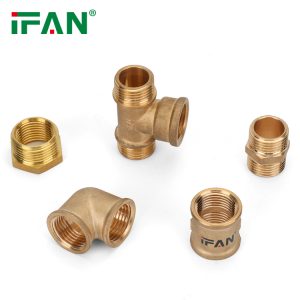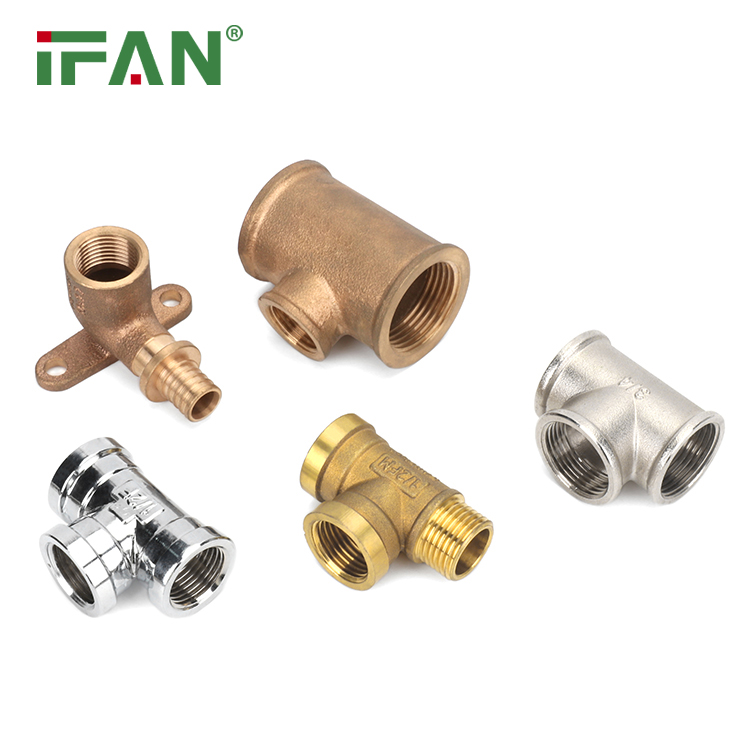Description
IFAN factory 30+ years manufacture experience support color /size customization support free sample.Welcome to consult for catalog and free samples.This is our Facebook Website:www.facebook.com,Click to watch IFAN’s product video.Compared with Tomex products, our IFAN products from quality to price are your best choice, welcome to buy!
Understanding Your Requirements
Choosing the right brass fittings starts with understanding your specific requirements. Consider factors such as the type of fluid or gas being transported, operating pressure and temperature, environment (indoor or outdoor), and compatibility with existing plumbing or equipment. Brass fittings are versatile but selecting the wrong type can lead to leaks, corrosion, or inefficiencies.
Types of Brass Fittings
Brass fittings come in various types, each suited for different applications. Common types include brass pipe fittings (like elbows, tees, and unions), compression fittings, flare fittings, barbed fittings, and push-to-connect fittings. Pipe fittings are ideal for rigid connections, compression fittings for easy assembly without soldering, flare fittings for high-pressure applications, barbed fittings for flexible tubing, and push-to-connect fittings for quick installations.

Material and Quality Considerations
Assess the material and quality of brass fittings before making a selection. Brass alloys vary in composition, affecting factors like corrosion resistance, strength, and cost. Common brass alloys include red brass (high copper content), yellow brass (higher zinc content), and lead-free brass (compliant with potable water standards). Opt for fittings made from high-quality brass to ensure longevity and performance in your specific application.
Size and Compatibility
Accurate sizing and compatibility are critical to ensure a proper fit and reliable operation. Brass fittings are available in standard sizes ranging from 1/8 inch to 4 inches or more, with metric equivalents also available. Verify compatibility between fittings and pipes or tubing—consider factors like thread type (NPT, BSP, etc.), thread size, and gender (male or female). Incorrect sizing or mismatched threads can lead to leaks or fitting failure.

Environmental and Regulatory Considerations
Consider environmental factors and regulatory standards when choosing brass fittings. Ensure fittings comply with relevant regulations for applications involving drinking water, food processing, or hazardous materials. Evaluate factors such as resistance to corrosion in harsh environments, UV resistance for outdoor applications, and compliance with industry standards (ASTM, ANSI, NSF, etc.). Choose fittings with certifications or approvals that match your specific requirements.
Conclusion
In conclusion, selecting the right brass fittings involves understanding your application needs, choosing the appropriate type and size, evaluating material quality, and ensuring compliance with environmental and regulatory standards. By following these guidelines, you can make informed decisions that optimize performance, durability, and safety in plumbing, industrial, and other applications. Remember to consult with suppliers or industry experts for additional guidance tailored to your specific requirements.
This guide equips you with essential information to navigate the selection process effectively, ensuring that the brass fittings chosen meet your operational needs and regulatory obligations.
Related products











